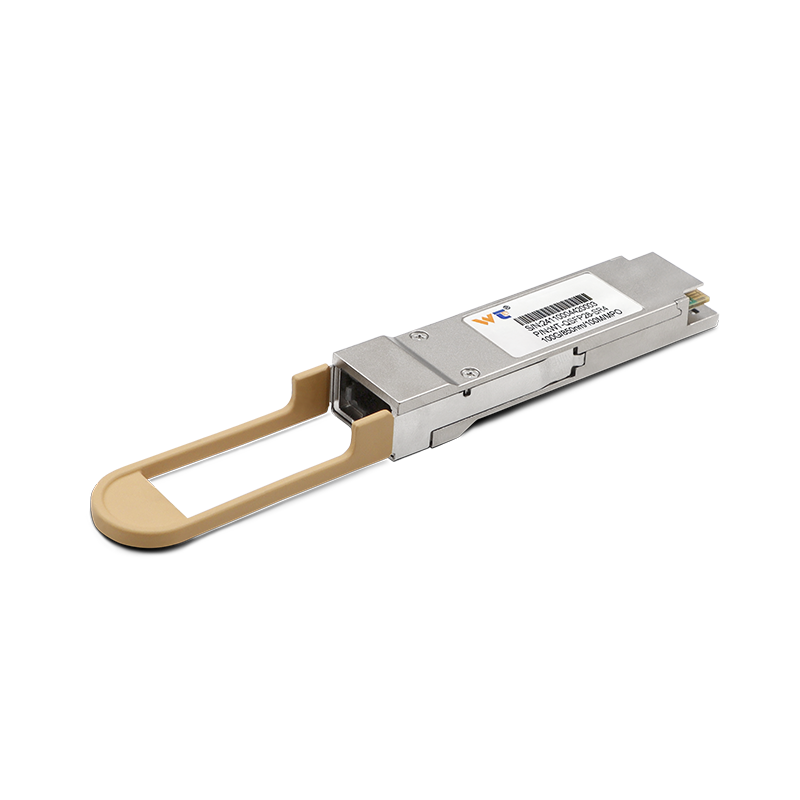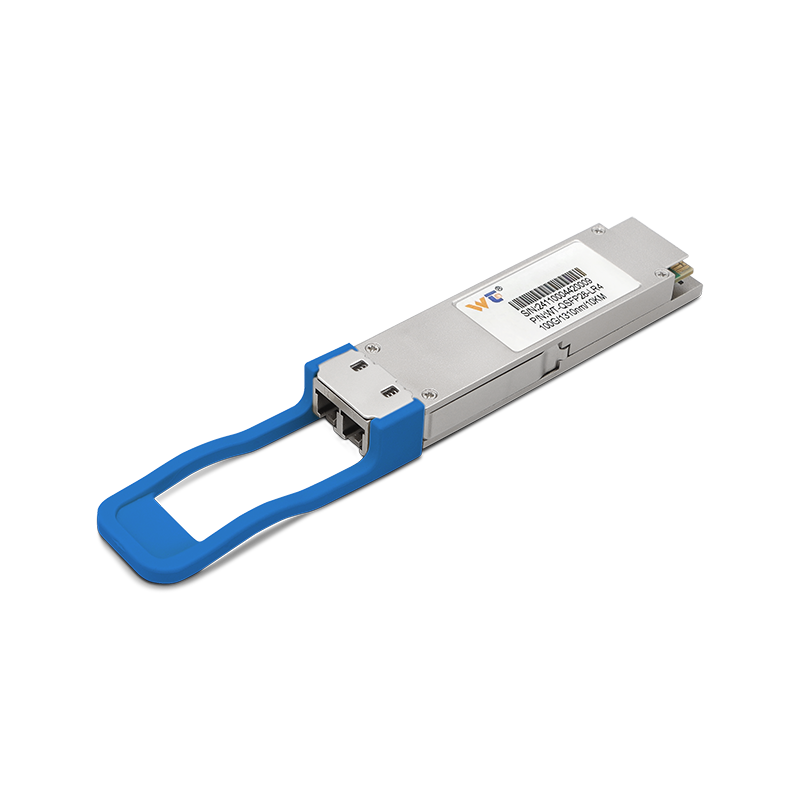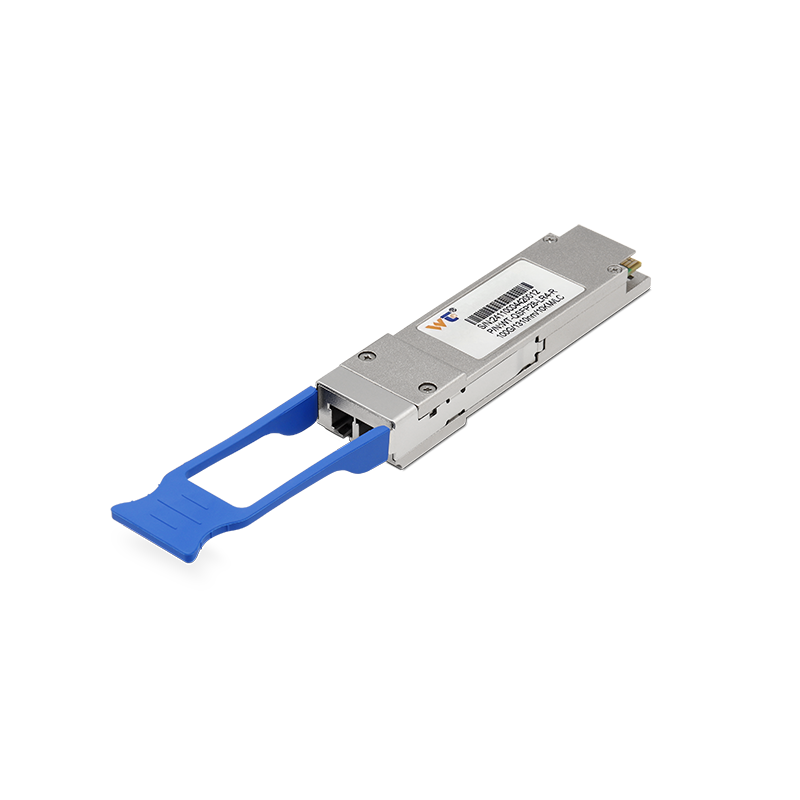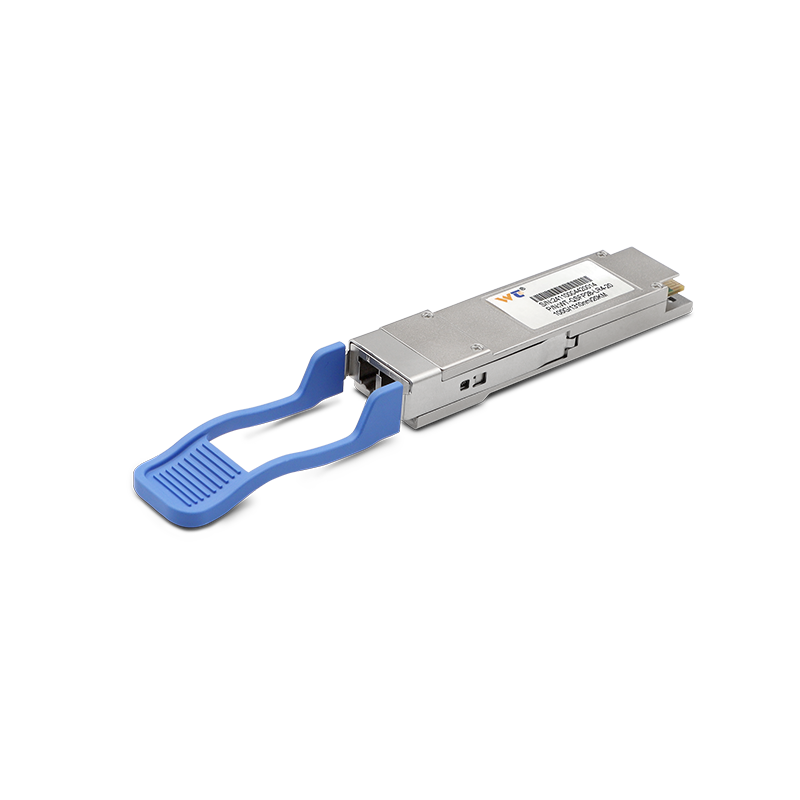The integration of 100G optical modules with smart fault diagnosis is set to become a pivotal element in intelligent manufacturing by 2025. As industries transition towards automation and data-driven processes, the demand for high-speed, reliable communication systems continues to grow. This shift not only enhances operational efficiency but also facilitates real-time monitoring and diagnostics, essential for maintaining competitive advantages.
The optical module market is experiencing significant evolution, characterized by advancements in both technology and application scenarios. In 2023, the global optical module market size was valued at approximately $4.5 billion, with expectations to reach $8 billion by 2025. This growth is driven by an increasing need for superior data transmission rates and improved network infrastructures. The deployment of 100G optical modules offers immense benefits, such as higher bandwidth capabilities, lower latency, and enhanced energy efficiency. Trends indicate that companies are prioritizing the adoption of these modules to support smart factories, which rely heavily on high-speed communication to connect various automated systems and ensure seamless operation.
| Technology | Functionality |
|---|---|
| 100GBASE-SR4 | Short-range optical communication |
| 100GBASE-LR4 | Long-range optical communication |
| CFP2/CFP4 Modules | Pluggable optics for flexibility |
| CWDM4 | Cost-effective solutions for high cap. |
| BiDi Modules | Improved fiber utilization with duplex |
The technology types of optical modules play a crucial role in this ecosystem. There are various types, such as the 100GBASE-SR4, which is optimized for short distances, making it ideal for data centers. Conversely, 100GBASE-LR4 supports long-distance communication, proving essential for wide-area networks. Moreover, compact form factors like CFP2 and CFP4 provide flexibility in deployment while maintaining high performance. CWDM4 technology enhances cost-effectiveness by using multiple wavelengths over a single fiber, significantly expanding capacity. Additionally, BiDi modules improve fiber utilization, allowing for efficient data transmission in dual-direction scenarios. Each technology brings unique advantages, which are vital in addressing the specific needs within intelligent manufacturing setups.
As we look toward 2025, the integration of optical modules within smart fault diagnosis systems will enable more robust networking capabilities. For example, in smart manufacturing environments, real-time analytics derived from optical data transmission will facilitate immediate identification of issues. A practical case could involve monitoring machinery performance, where 100G optical modules connect sensors to centralized systems. This setup enables instant feedback loops, allowing for proactive maintenance and reduced downtime. The capacity to quickly diagnose faults not only boosts productivity but also minimizes operational costs, thereby making intelligent manufacturing more feasible.
At our website, we offer a range of optical modules that have undergone rigorous quality testing. Our commitment to excellence ensures that these modules excel across various application scenarios. Whether you need solutions for high-speed data transmission or long-distance communication, our optical modules are designed to meet your demands. Every unit is crafted to perform optimally, ensuring that your manufacturing processes remain uninterrupted and efficient.
In summary, the integration of 100G optical modules with smart fault diagnosis is pivotal for the future of intelligent manufacturing. These advancements not only promise enhanced communication capabilities but also pave the way for more efficient and responsive manufacturing processes. As industries gear up for this transformation, embracing technology like 100G optical modules will be crucial to remaining competitive in the evolving landscape of manufacturing.






